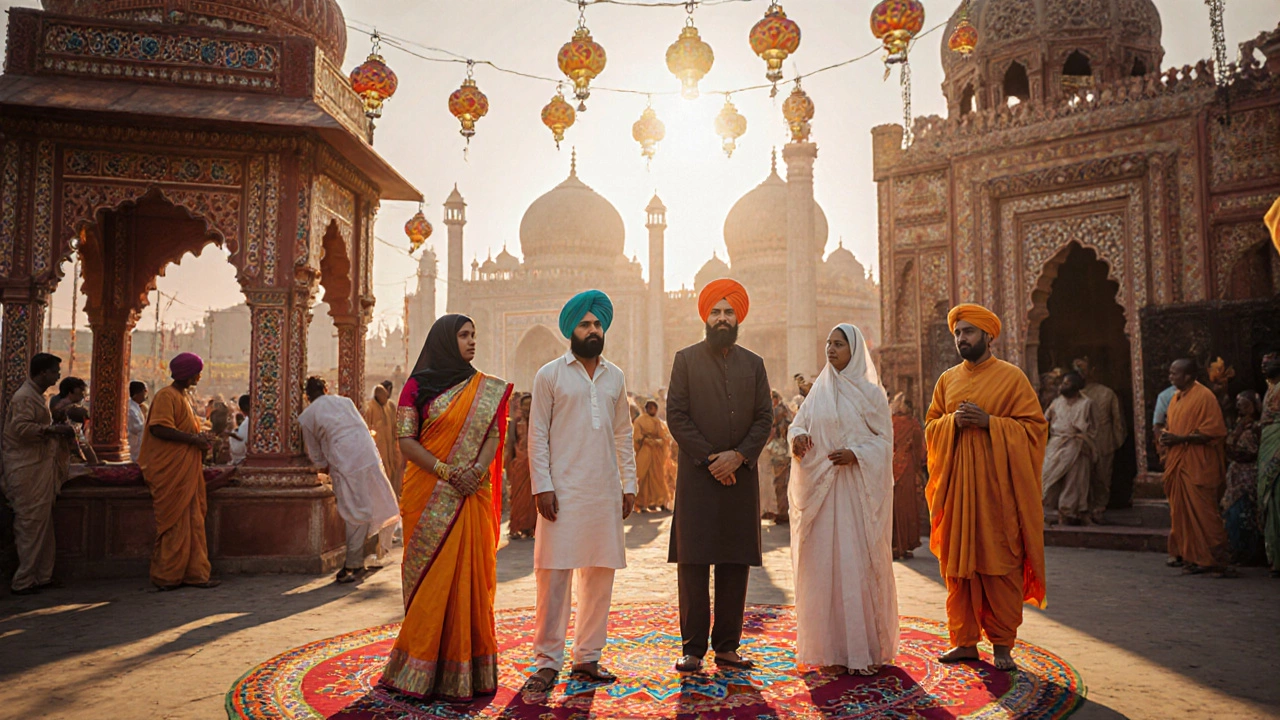Traditional Indian Clothing: Real Styles, Fabrics & Tips
When you think of Indian dress, you probably picture a flowing saree or a bright kurta. But the reality is a lot richer. Everyday wardrobes mix comfort, climate, and culture, so you’ll see everything from hand‑loomed dhotis in the villages to sleek salwar kameez in the cities. This guide breaks down the most common pieces, the fabrics they’re made of, and how to choose the right look for any occasion.
Everyday Essentials: What People Actually Wear
For men, the go‑to outfit is often a simple kurta paired with pajamas or jeans. In hot regions, a cotton lungi or dhoti keeps things breezy. Women’s daily wear usually includes a cotton salwar kameez or a casual skirt‑top combo. Both genders love fabrics like cotton, linen, and blends because they breathe and dry fast – perfect for India’s varied weather.
If you travel to the north during winter, you’ll see woolen shawls and layered jackets added to the same base pieces. In the south, lightweight silk or hand‑woven khadi is common for both work and worship. The key is the fabric’s ability to handle humidity, heat, or cool breezes while staying comfortable.
Special Occasion Attire: From Festivals to Weddings
Festivals turn everyday clothes into something spectacular. A bride’s outfit might be a heavily embroidered silk saree with a matching blouse, while guests often wear bright lehengas or sherwanis. Regional variations shine here—Gujarati chaniya choli, Punjabi salwar suits, or Bengali dhoti‑kurta sets each tell a story through color and pattern.
For a wedding, look for fabrics that drape well: silk, brocade, or zari‑work. These materials add shine and weight, which makes the garments stand out in photos. Don’t forget the accessories – a simple bindi, a dupatta, or a traditional turban can elevate a plain outfit instantly.
Choosing the right outfit is easier when you know your body type. A-line sarees flatter most shapes, while a straight-cut kurta works well for taller builds. If you’re short, try a high‑waist salwar to elongate your legs. And always test the fit before you buy; comfort is just as important as style.
Now that you know the basics, you can shop with confidence. Look for authentic hand‑loom labels, check seam quality, and feel the fabric before purchasing. Whether you’re buying online or in a market, a quick fabric test – a pinch and a stretch – tells you if the material is genuine and breathable.
India’s clothing culture is a living tapestry, weaving tradition with modern needs. By understanding the main pieces, fabrics, and regional twists, you’ll be ready to wear Indian attire that feels natural, looks great, and respects the heritage behind it.

